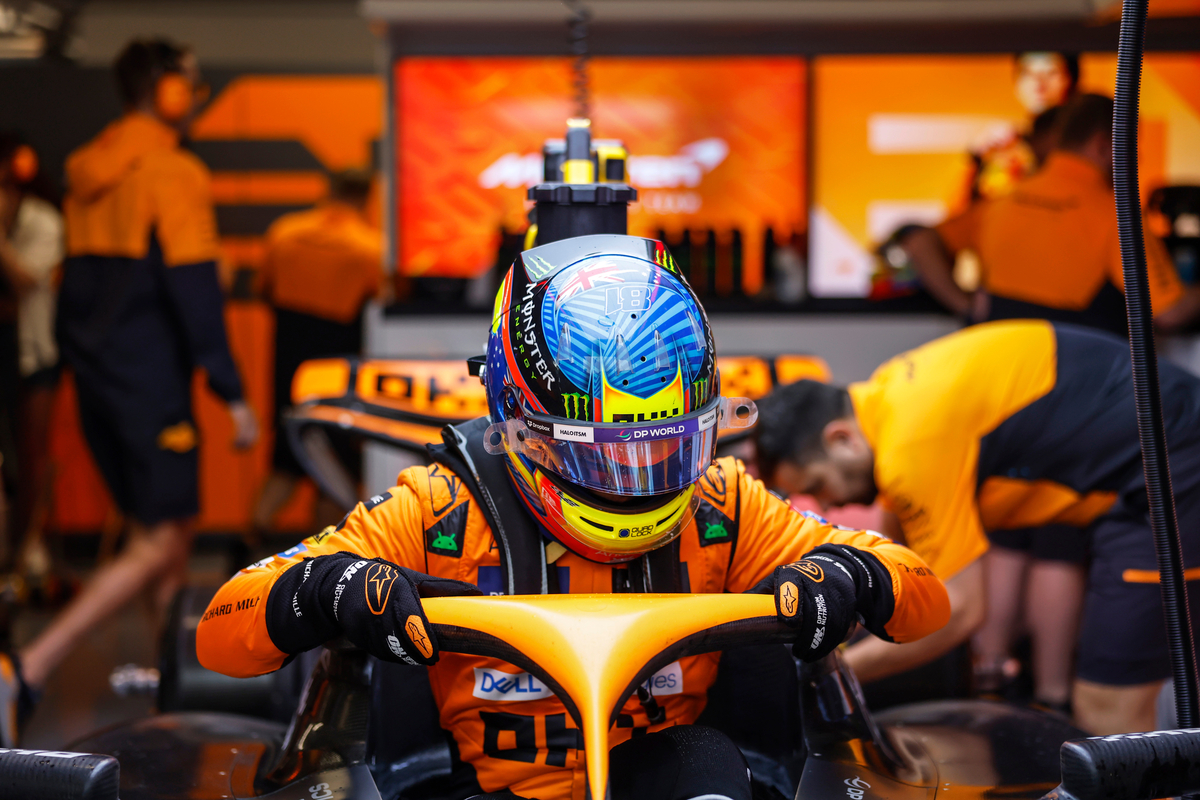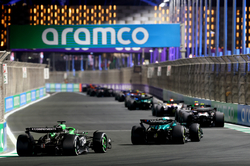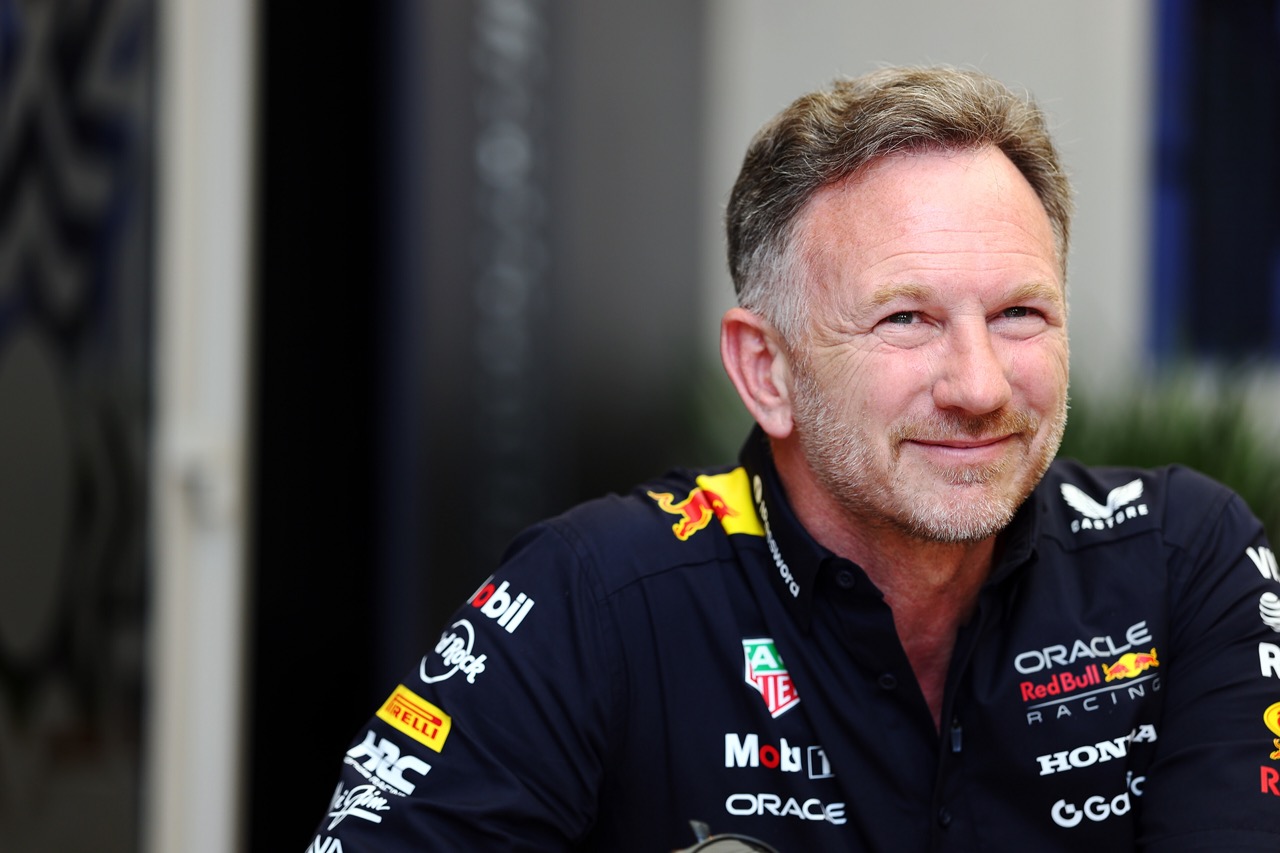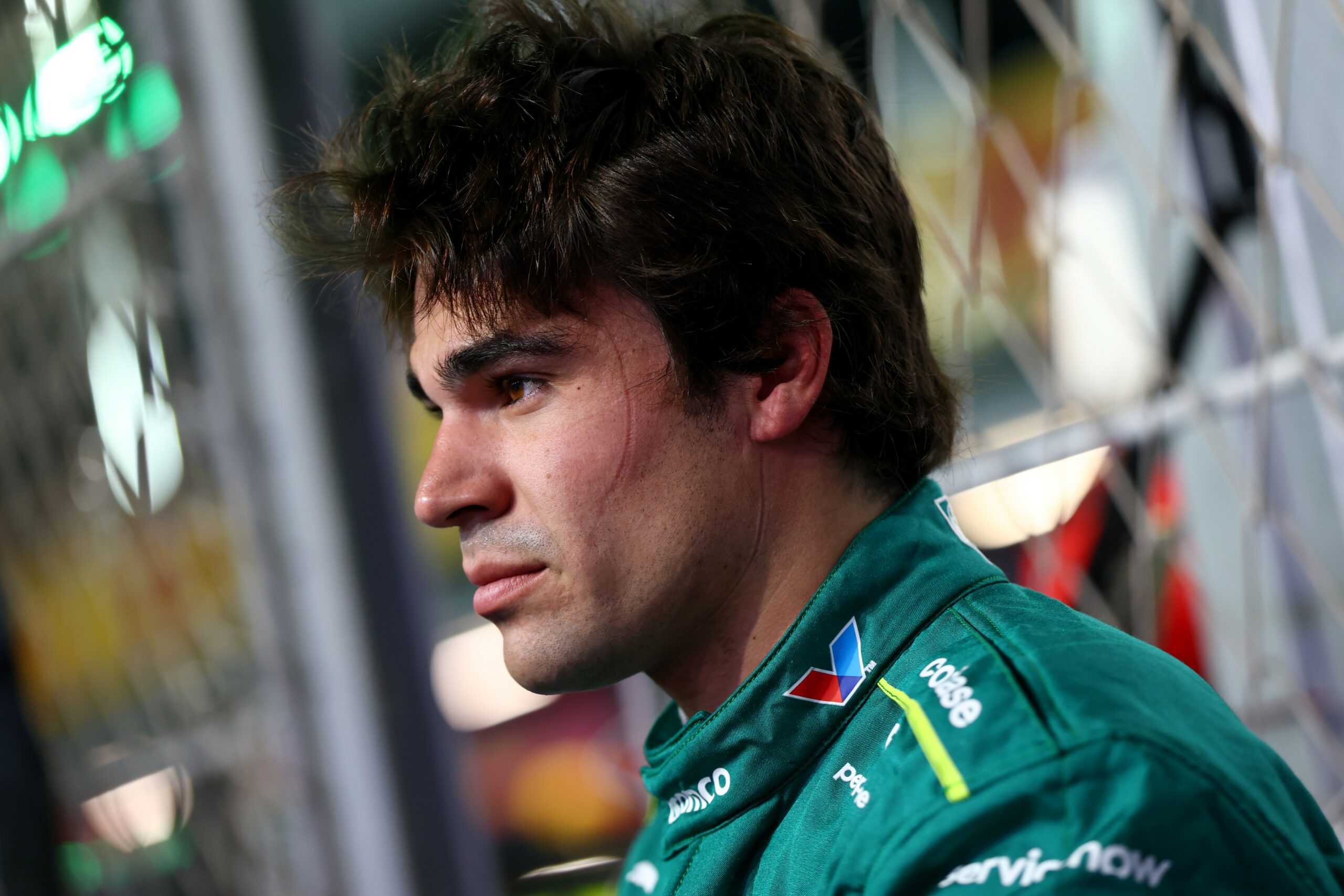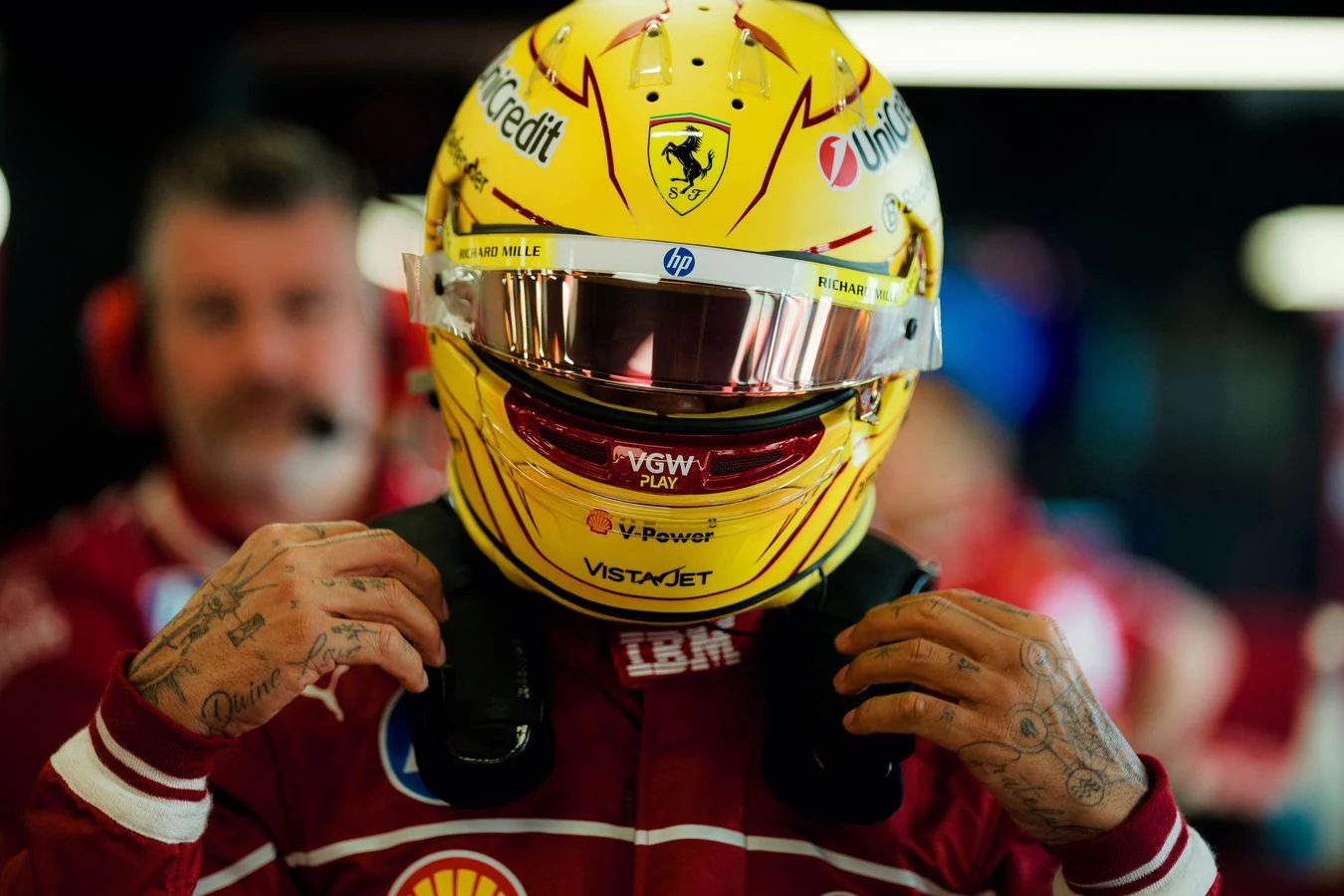Ahead of the 2024 Spanish Grand Prix, Oscar Piastri was asked whether he thought that the weekend would be a test for his team given the aerodynamic differences between the Circuit de Barcelona-Catalunya and those of the previous circuits.
While the 23-year-old agreed that the weekend would be a test, he said he expected it to be less so for McLaren than other teams.
“It will be a test, yes. I think, I don’t know if it’s so much a test necessarily for us as it is for others potentially.”
Piastri stated that he thought his team should be confident that they would be “somewhere in the mix” but admitted that it would be interesting how the McLaren performed, adding that some time had passed since he had raced at a circuit with very high-speed corners.
At Suzuka earlier this year — before they brought their updated package that moved them forward — McLaren were a clear third to Red Bull and Ferrari.
“I think [that] we should be pretty confident that we’ll be somewhere in the mix.
“You know, we’ve had, let’s say, the past two weekends have been quite similar in some of their characteristics — quite low speed corners, some kerbs and bumps to take into account.
“But the few tracks before that were quite different. I guess I would say here is different again, much more high-speed content. So, it will be interesting to see where we sit.”
“It’s been a while since we’ve had really high-speed corners, like the last sector in turn 9, turn 3. So, it will be interesting to see where we stack up.”
The Australian was also asked about the aspects of his performance that he wanted to improve. Piastri, who is in his second season in Formula 1, currently sits sixth in the 2024 Drivers’ Championship, after ending his rookie season in ninth.
Last year he struggled in races after some excellent qualifying showings, Suzuka was a clear example of that. However, gains have been made this year.
“I would say there’s been improvements, definitely,” Piastri said.
The most notable improvement, he indicated, had been in his tyre management. This improvement, he said, had been seen in Bahrain, a track which he described as being “very tough on tyres”, where he had been able to maintain a similar pace to that of his teammate, Lando Norris.
“I think in terms of tyre management, going into the season, [it] was my biggest thing to look at. I think [for] the most part, it’s been a good improvement. I think, Bahrain, traditionally a track very tough on tyres, was very even with Lando in terms of pace.”
He added that while he saw his performance in the Chinese Grand Prix as “a bit of a step back”, he attributed this to his unfamiliarity with the circuit, and stated that he had identified improvements that he would make when he returned to the Shanghai International Circuit.
“There’s been really only China that was a bit of a step back, I would say. Which again was a circuit I’ve not driven at. Some things I definitely know I can do better the next time I go back there.”
The McLaren driver stated that while his biggest improvements had been related to tyre management, he believed that there had been subtle improvements in all aspects of his performance.
He highlighted his increased confidence in qualifying during the latter half of the 2023 season and the relatively small gap between himself and Norris in the 2024 season.
“I think there’s been subtle improvements in everything. I think qualifying in the second half of last year I felt confident in, and I think this year the biggest gap between me and Lando has been a tenth the whole season. So, I think we’re very, very close in that.”
“Still just little things here and there in terms of managing a race, managing tyres, I think is probably still the biggest area. But I definitely feel like I’ve made a big step forward from last year in that.”
Piastri was asked to further discuss the improvements that he had made to his tyre management skills. In particular, he was asked whether he saw the need for further improvement to maximise tyre performance and lifespan.
“It’s tough,” the twenty-three-year-old admitted, adding that even more experienced drivers needed to continuously learn “little things” about tyre management due to how sensitive they are, as well as changes in performance requirements.
“I feel like even if you’re in your tenth season with these tyres, you’re still going to be learning little things here and there given how difficult they are.
“And it depends a bit on the track as well. Obviously, some tracks you’re demanding much more from the rear tyres, some you’re demanding much more from the front tyres. Sometimes you’re graining them a lot, sometimes they’re just overheating.
“So, there’s never really the same thing that is causing the issue week in, week out.”
He added that the difficulty in improving one’s tyre management abilities was often increased by these ever-changing features and the need to adapt to them.
“And I think that’s what makes it difficult to make progress quickly is because there are so many different factors that you need to adapt to, sometimes on the fly.”
Piastri stated that tyre management was not dependent on only “one specific thing” and that while adaptation to different conditions was necessary, its effectiveness varied. It was, therefore, necessary, to be able to work out when various tyre management strategies would be able to affect overall performance.
“It’s not so much that one specific thing that you mentioned in terms of bringing the tyre in. Sometimes it seems to matter a lot, sometimes it makes no difference. It’s just working out when it is going to make a difference and when it’s not is the big key.”
“But yeah, definitely a lot of people in the past have used black magic with trying to work out these tyres.”

